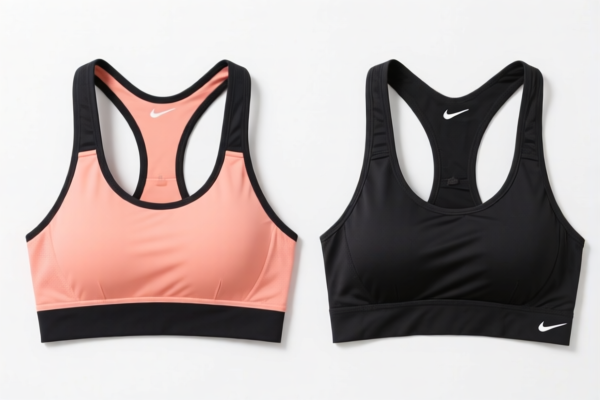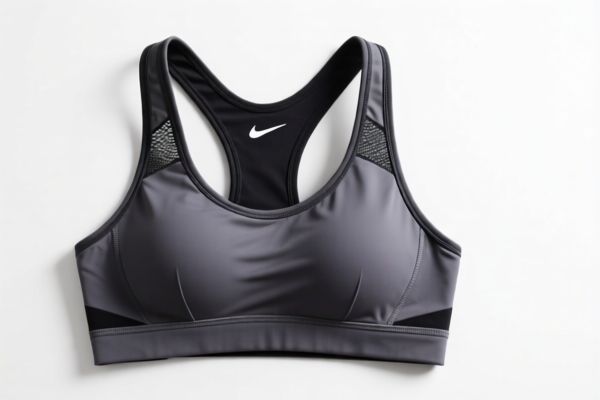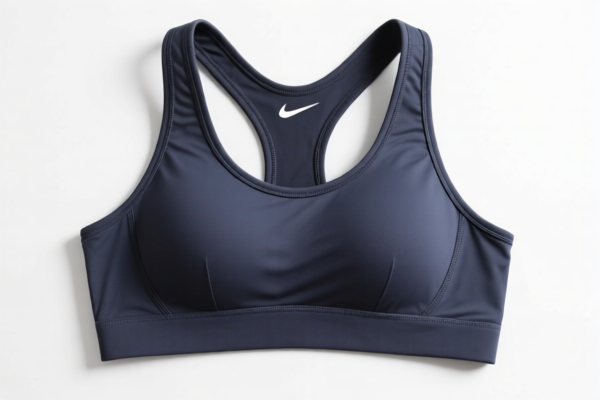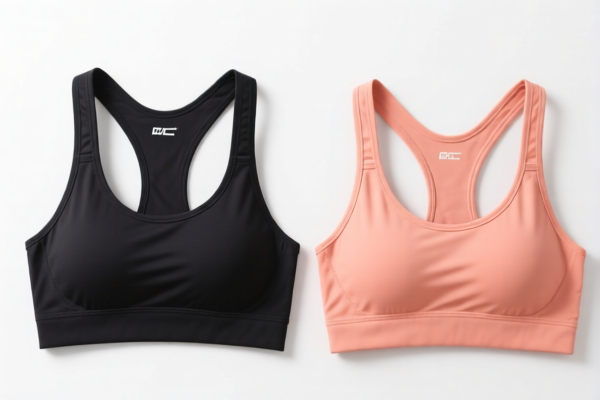| HS Code | Official Doc | Tariff Rate | Origin | Destination | Effective Date |
|---|---|---|---|---|---|
| 6114909010 | Doc | 35.6% | CN | US | 2025-05-12 |
| 6114909010 | Doc | 35.6% | CN | US | 2025-05-12 |
| 6109100004 | Doc | 54.0% | CN | US | 2025-05-12 |
| 6109100037 | Doc | 54.0% | CN | US | 2025-05-12 |
| 6212900010 | Doc | 44.1% | CN | US | 2025-05-12 |
| 6212900090 | Doc | 44.1% | CN | US | 2025-05-12 |
| 6217909075 | Doc | 52.1% | CN | US | 2025-05-12 |
| 6217909095 | Doc | 52.1% | CN | US | 2025-05-12 |
| 6211420503 | Doc | 45.6% | CN | US | 2025-05-12 |
| 6211420503 | Doc | 45.6% | CN | US | 2025-05-12 |
| 3926201010 | Doc | 30.0% | CN | US | 2025-05-12 |
| 3926201010 | Doc | 30.0% | CN | US | 2025-05-12 |
| 3924104000 | Doc | 33.4% | CN | US | 2025-05-12 |
| 3924905650 | Doc | 40.9% | CN | US | 2025-05-12 |




Sports Bras
Sports bras are a specialized type of bra designed to provide support and minimize breast movement during physical activity. Unlike regular bras, they are constructed with features to accommodate the demands of exercise, offering comfort and preventing discomfort or potential long-term damage to breast tissue.
Material
Sports bras are fabricated from a variety of materials, each offering different levels of support, breathability, and moisture-wicking properties:
- Polyester/Spandex Blends: Common for their excellent stretch, recovery, and moisture-wicking capabilities. Often used in compression and encapsulation styles.
- Nylon/Spandex Blends: Offers a smooth feel and good elasticity. Frequently used in higher-impact bras.
- Microfiber: Provides a soft, comfortable feel and good breathability.
- Cotton: While less common in high-performance bras due to its tendency to retain moisture, cotton blends are sometimes used for low-impact activities.
- Coolmax/Dri-FIT (and similar proprietary fabrics): Designed specifically for moisture management, keeping the wearer dry and comfortable.
Purpose & Function
The primary purposes of a sports bra are:
- Minimize Movement: Reducing vertical, lateral, and forward movement of the breasts during exercise. Excessive movement can cause discomfort, pain, and potentially lead to ligament strain and sagging over time.
- Provide Support: Offering varying levels of support based on activity intensity.
- Enhance Comfort: Utilizing materials and designs that prevent chafing, irritation, and discomfort during exercise.
- Moisture Management: Wicking away sweat to keep the skin dry and comfortable.
- Impact Reduction: Reducing the stress on Cooper's ligaments, the connective tissues that support the breasts.
Usage Scenarios
Sports bras are appropriate for a wide range of physical activities:
- High-Impact: Running, jumping, HIIT, basketball, volleyball, competitive sports. These require maximum support.
- Medium-Impact: Cycling, hiking, brisk walking, aerobics, weightlifting. These require moderate support.
- Low-Impact: Yoga, Pilates, walking, stretching, gentle exercise. These require minimal support.
- Everyday Wear: Some individuals prefer wearing sports bras for their comfort and support even during non-exercise activities.
Common Types
Sports bras are broadly categorized into two main types, with variations within each:
- Compression Bras: These bras compress the breasts against the chest wall to minimize movement. They are typically full-coverage and lack underwire. Best suited for smaller to medium-sized breasts and moderate-impact activities.
- Encapsulation Bras: These bras have individual cups that encapsulate each breast, providing more support and lift. They often feature underwire and adjustable straps. Suitable for medium to larger-sized breasts and higher-impact activities.
- Combination Bras: These bras combine compression and encapsulation technologies for maximum support and comfort.
- Front-Closure Bras: Feature a closure at the front, making them easier to put on and take off.
- Racerback Bras: Have straps that converge at the back, providing increased support and freedom of movement.
- Adjustable Strap Bras: Allow for a customized fit and varying levels of support.
Sports bras fall under various classifications depending on material and specific design. Here's a breakdown of relevant HS codes based on the provided information:
- 6211.42.05.03: This code covers “Other garments, women's or girls': Of cotton: Recreational performance outerwear Bras”. This classification specifically applies to bras made of cotton intended for recreational performance activities. The total tax rate is 45.6%, comprised of a 8.1% basic tariff, a 7.5% additional tariff, and a 30.0% additional tariff effective April 2, 2025.
- 6211.42.05.03: (Duplicate entry, as it appears twice in the reference material) This code covers “Other garments, women's or girls': Of cotton: Recreational performance outerwear Bras”. This classification specifically applies to bras made of cotton intended for recreational performance activities. The total tax rate is 45.6%, comprised of a 8.1% basic tariff, a 7.5% additional tariff, and a 30.0% additional tariff effective April 2, 2025.
- 6212.90.00.10: This code covers “Brassieres, girdles, corsets, braces, suspenders, garters and similar articles and parts thereof, whether or not knitted or crocheted: Other Of cotton or cotton and rubber or plastics”. This applies to brassieres (including sports bras) made of cotton or a combination of cotton, rubber, and plastics. The total tax rate is 44.1%, consisting of a 6.6% basic tariff, a 7.5% additional tariff, and a 30.0% additional tariff effective April 2, 2025.
- 6212.90.00.90: This code covers “Brassieres, girdles, corsets, braces, suspenders, garters and similar articles and parts thereof, whether or not knitted or crocheted: Other Other”. This applies to brassieres (including sports bras) made of materials other than cotton or cotton blends. The total tax rate is 44.1%, consisting of a 6.6% basic tariff, a 7.5% additional tariff, and a 30.0% additional tariff effective April 2, 2025.
Important Note: When declaring sports bras under HS code 6212.90.00.10 or 6212.90.00.90, it is important to accurately identify the material composition. The reference material specifies cotton or a combination of cotton, rubber, and plastics for one code, and "other" materials for the other.
Customer Reviews
No reviews yet.